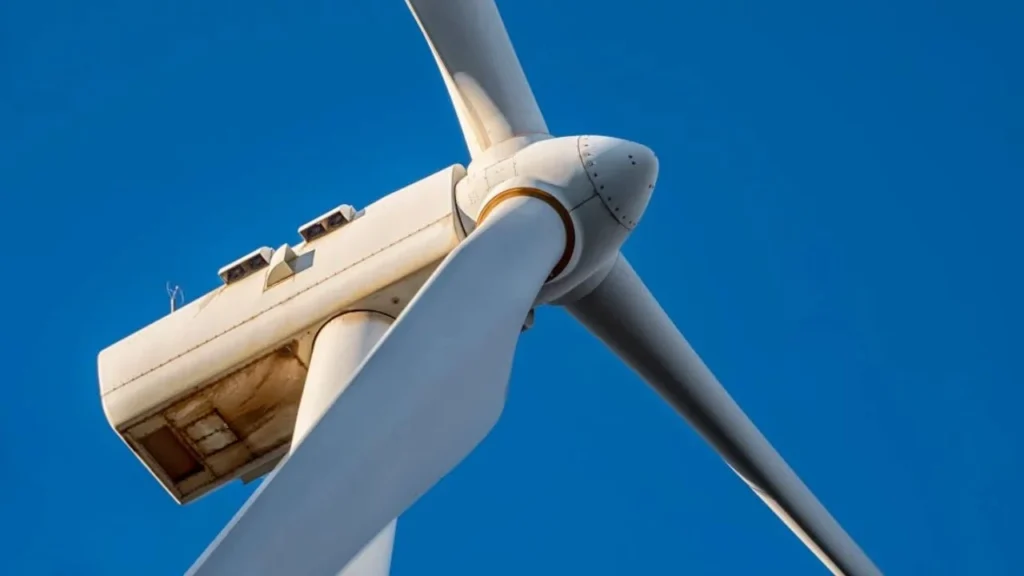
- DNV has launched the second phase of its floating substation joint venture project.
- It currently includes 19 major industry participants.
- Areas of focus include high-voltage devices, dynamic cables and marine applications.
- DNV aims to update the world’s first standard for floating substations, DNV-ST-0145.
Independent energy expert and assurance provider DNV has launched the second phase of its Floating Substation Joint Industry Project (JIP). This initiative aims to set standards for smaller marinas in the growing floating wind industry, whose participation has now expanded to 19 major projects
The second phase of this collaborative effort will focus on refining guidelines and closing technology gaps. In Phase I, a wide variety of stakeholders including transmission contractors, manufacturers, logistics providers, EPC contractors and yards addressed the unique challenges of offshore substations a it floats on the water.
Also read: New Restrictions Proposed for Alberta’s Wind and Solar
Smaller offshore areas are critical for extensive offshore wind flows, connecting multiple turbines, and pumping renewable energy into wind turbines. However, the design and implementation of these substations presents specific challenges, such as the need for high-capacity robust wiring and power systems that can withstand the movement of floating structures -It is to be consumed differentiation and support
The second phase of the program will focus on critical areas such as high capacity equipment, dynamic cables, marine systems and wider operational aspects etc. These efforts are necessary to develop DNV– . Update of ST-0145, the first world standard for floating substations .
ABB, Eibel, Atlantic Ocean Energy, CSEPDI, EDF Renewable Energy, GE, Vernova, Hitachi Energy, 4th & Nevesbu, Navantia Synergies, Eastern Line, Rembol, Red Electrica, RTE, Cetrium, Statenet, TotalEnergies, COP, Iberdrola/Scottish Power, and Saipem. This wide distribution underscores the global importance of the project. By facilitating the use of floating substations in deep water, DNV sets a new technology benchmark.
Kim Sandgaard-Mork, vice president of renewable energy certification at DNV, said, “Upgrading DNV ST-0145 to include floating substations will allow floating wind technology to be produced greater and reduce the associated risks “This new one underscores our commitment to promote floating wind power and drive innovation.
Also read: Latest News on Onshore & Offshore Wind Energy
Supported by extensive internal collaboration across DNV and external partnerships with key industry leaders, the floating substation JIP builds on the global impact of the project and our commitment to delivering robust, quality solutions all of which can change will accentuate the energy change .
DNV is inviting new stakeholders to join the project as it moves forward in Phase 2. This will provide opportunities for industry leaders, innovators and experts to contribute to the development of floating wind technologies in the future by helping to prepare the necessary standard.
In summary, the introduction of the second phase of the small floating aircraft JIP represents an important step towards coastal airport standardization. The project, which includes a number of industry leaders, aims to advance technology and ensure that floating substations are successfully integrated into renewable energy

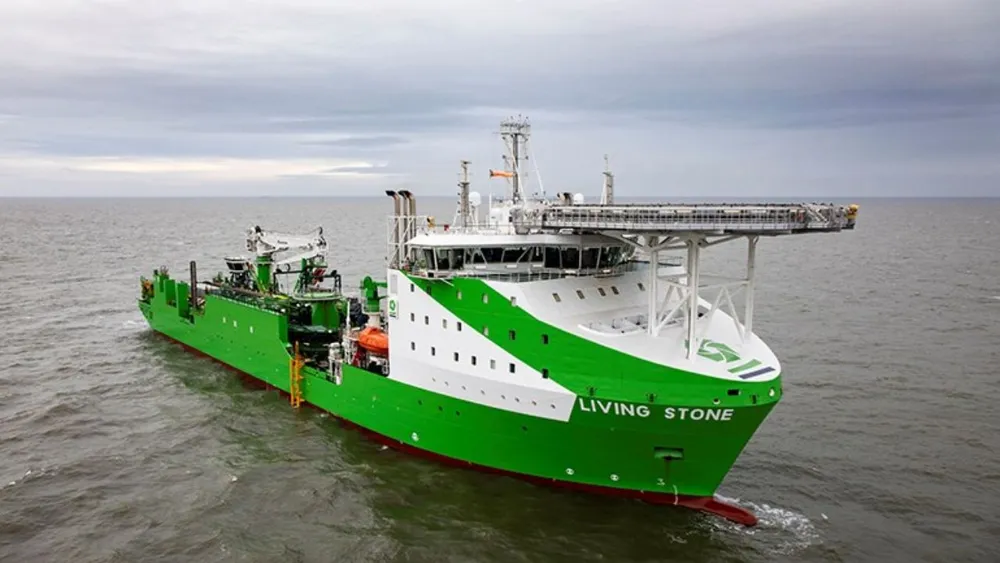
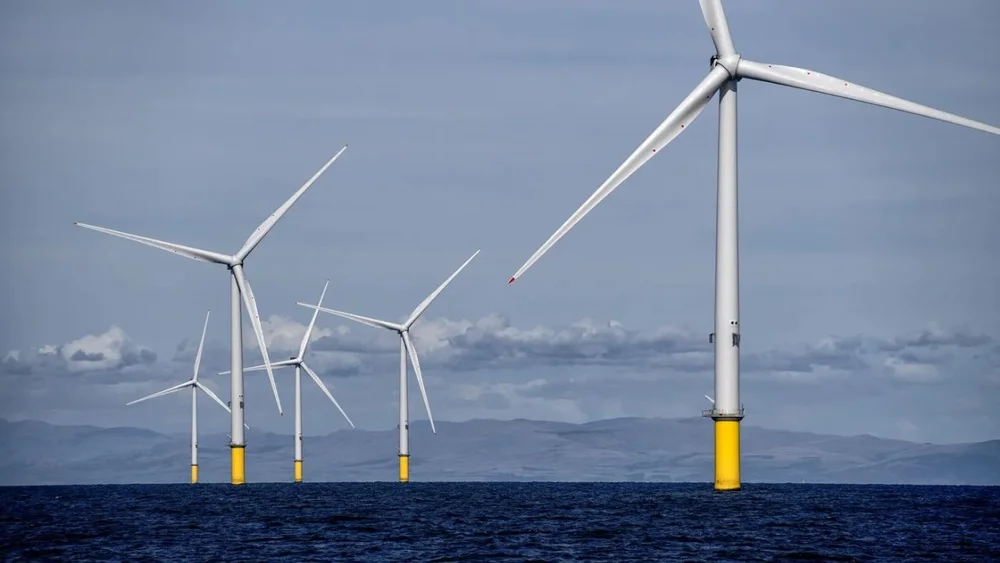
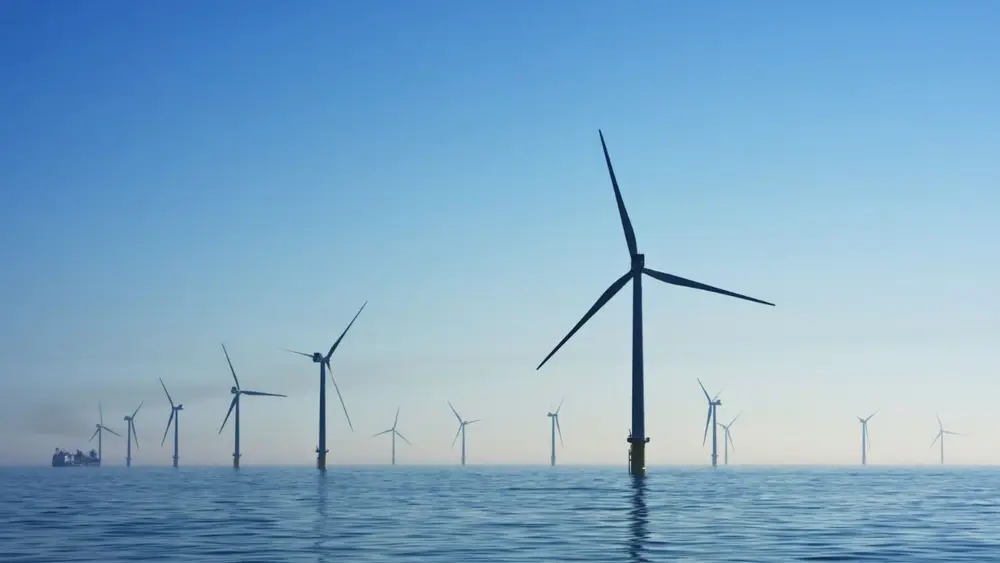
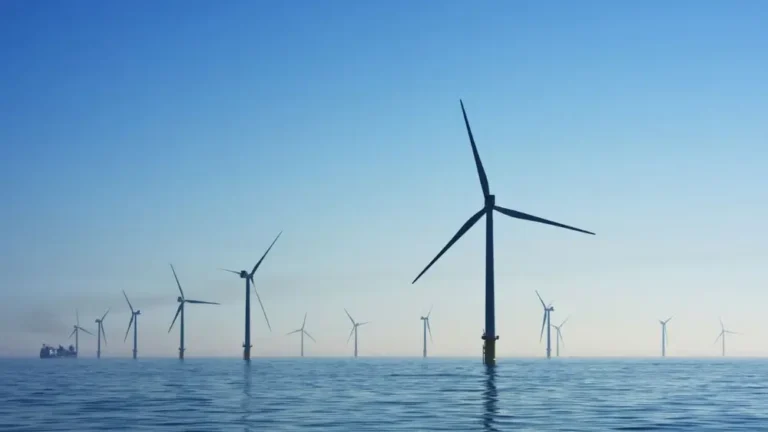
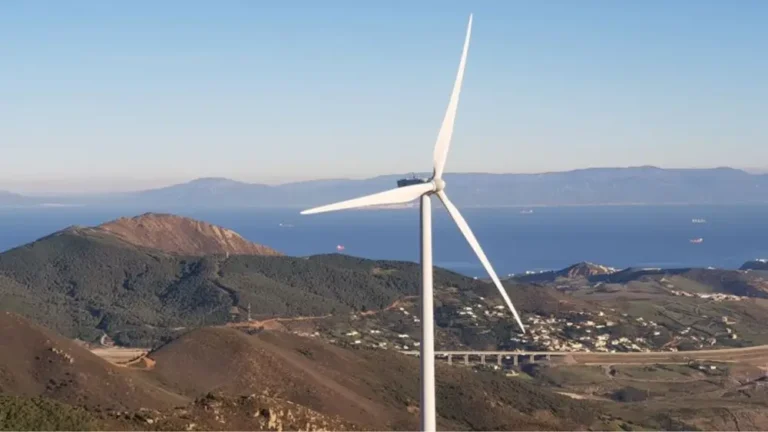
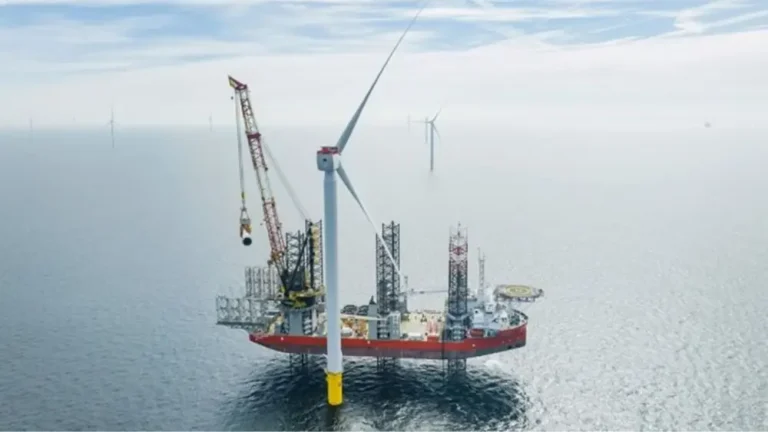
Bravo, what necessary words…, a remarkable idea